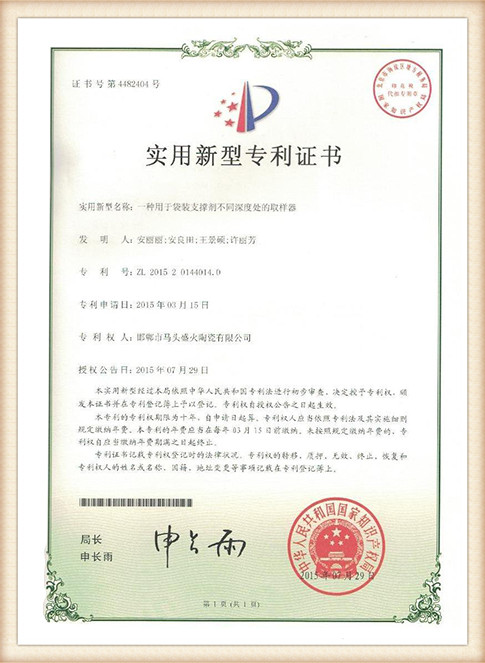Advantages of Lost Foam Casting
Lost foam casting (LFC) is an innovative and efficient metal casting process that has garnered significant attention in various manufacturing sectors. This technique involves creating a foam pattern, which is then coated with a refractory material and subsequently surrounded by molten metal. As the metal is poured in, it evaporates the foam, leaving behind a precise mold for the final casting. Here, we will explore the numerous advantages that lost foam casting offers over traditional methods.
One of the primary benefits of lost foam casting is its ability to produce intricate shapes and designs with high precision. The foam patterns can be easily shaped and detailed, allowing manufacturers to create complex geometries that were previously challenging or impossible to achieve using conventional casting techniques. This capability not only enhances the aesthetic appeal of the final product but also contributes to functional designs that can optimize performance.
Advantages of Lost Foam Casting
Furthermore, lost foam casting allows for the casting of a wider range of metals and alloys, including ferrous and non-ferrous materials. This versatility opens up opportunities for varied applications across different fields, such as automotive, aerospace, and general manufacturing. Businesses can leverage this capability to develop high-performance components tailored to specific needs without being restricted by material limitations.
advantages of lost foam casting

The lost foam casting process also facilitates significant weight reduction in castings. Traditional casting methods often require additional material to support complex shapes, leading to heavier end products. However, because LFC allows for the direct replication of the desired shape, manufacturers can achieve lighter castings without compromising structural integrity. This is particularly beneficial in industries like automotive and aerospace, where reducing weight can lead to improved fuel efficiency and performance.
Moreover, the lost foam casting process is highly automated, contributing to increased productivity. With modern technological advancements, many stages of the process can be automated, reducing labor costs and improving consistency in product quality. This enhanced efficiency is essential for companies looking to remain competitive in a fast-paced market.
Finally, lost foam casting can lead to significant cost savings over time. Although the initial investment in equipment and materials may be higher than traditional methods, the long-term benefits, including reduced waste, less machining, and faster turnaround times, often offset these initial costs. As manufacturers seek to optimize their production processes, the economic benefits of lost foam casting become increasingly appealing.
In conclusion, lost foam casting offers an array of advantages, including the ability to create complex shapes, reduced machining needs, material versatility, weight reduction, increased automation, and cost savings. As industries continue to evolve and seek more efficient and sustainable manufacturing processes, lost foam casting stands out as a viable solution that addresses multiple challenges in modern production environments. Its growth in popularity is a testament to its effectiveness in meeting the demands of contemporary manufacturing.
Post time:ਅਕਤੂਃ . 31, 2024 21:12
Next:Introduction to Sand Casting Techniques and Processes for Beginners
